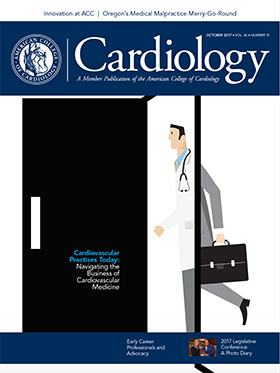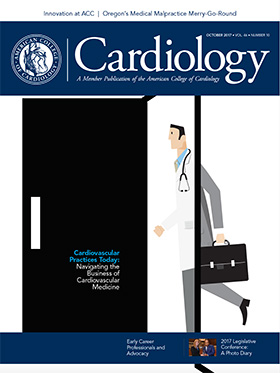Among postmenopausal women, hormone therapy with estrogen plus progestin for a median of 5.6 years or with estrogen alone for a median of 7.2 years was not associated with risk of all-cause, cardiovascular or cancer mortality, according to a study published in the Journal of the American Medical Association.
Among the 27,347 women in the study (mean age 63.4 years old; 80.6 percent white), 16,608 women with a uterus were randomized to receive daily oral conjugated equine estrogens (CEE) plus medroxyprogesterone acetate progestin (MPA) or placebo. Additionally, 10,739 women with hysterectomy were randomized to receive daily oral CEE alone or placebo.
During the cumulative 18-year follow-up, 7,489 deaths occurred – 1,088 during the intervention phase and 6,401 during the post-intervention phase. Mortality follow-up was available for more than 98 percent of participants.
"For women with troubling vasomotor symptoms, premature menopause, or early-onset osteoporosis, hormone therapy appears to be both safe and efficacious." — Melissa McNeil, MD, MPH
Results showed all-cause mortality was 27.1 percent in the hormone therapy group vs. 27.6 percent in the placebo group (hazard ratio [HR], 0.99) in the overall pooled cohort. For the individual trials, all-cause mortality was 26.4 percent for CEE plus MPA, compared with 26.0 percent for placebo (HR, 1.02). All-cause mortality in the CEE alone group was 28.3 percent compared with 30.0 percent for placebo (HR, 0.94).
In the overall pooled cohort, cardiovascular mortality was 8.9 percent in the hormone therapy group vs. 9.0 percent in the placebo group (HR, 1.00), with no differences between trials. Total cancer mortality was 8.3 percent for the CEE plus MPA group vs. 7.9 percent for the placebo group (HR, 1.06). Additionally, cancer mortality was 8.0 percent for the CEE group vs. 8.1 percent for the placebo group (HR, 0.99). Mortality from other causes also did not differ significantly between the hormone therapy group (10 percent) and the placebo group (10.7 percent).
When examined by 10-year age groups (50-59 years vs. 70-79 years) in the pooled cohort, the ratios of nominal HRs for all-cause mortality were 0.61 during the intervention phase and 0.87 during cumulative 18-year follow-up, without significant heterogeneity between trials. The trend by age group was significant during the intervention phase but not during the cumulative follow-up period.
In an accompanying editorial comment, Melissa McNeil, MD, MPH, notes, “This information will be helpful in counseling women considering whether to start hormone therapy and hopefully will alleviate concerns that many patients and physicians have about the initiation of hormone therapy.” She adds, “For women with troubling vasomotor symptoms, premature menopause, or early-onset osteoporosis, hormone therapy appears to be both safe and efficacious.”
Manson JE, Aragaki AK, Rossouw JE, et al. JAMA 2017;318:927-938.
<<< Return to top




